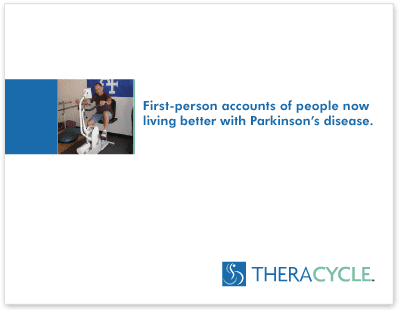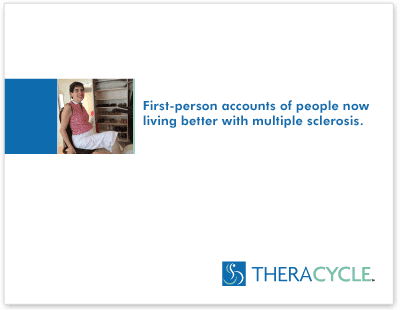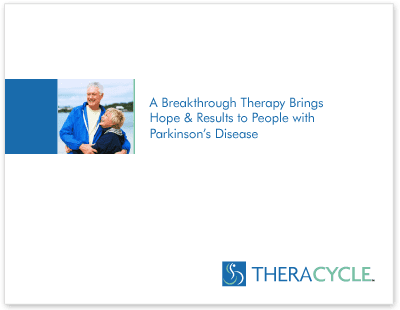- ›
- Stories
- ›
- Uncategorized
- ›
- The Soothing Power of Massage Therapy for Parkinson’s Patients
Stories
The Soothing Power of Massage Therapy for Parkinson’s Patients

Parkinson’s disease, which is also referred to as Parkinsonism is a disorder of the central nervous system, which progressively degenerates over time. In addition to its degeneration of the motor skills, Parkinson’s disease also causes rigidity of the muscles and stiffness of the body.
Tremors, slow movements, rigidity, poor balance, and difficulty in walking accompany this disease. Medications have been known to control some of the symptoms of the disease but many specialists believe that massage therapy aids patients afflicted with the disease. As such, massage therapy has been highly recommended and many patients have benefited from the positive effects of the treatment. There are many ways in which massage therapy has been found to be useful and are mentioned below.
Benefits of massage therapy for people with Parkinson’s
1. Reduction in muscle rigidity
When the brain’s production of dopamine is diminished, motor system nerves are unable to control the body coordination and movements. Massage therapy therefore becomes a natural choice for alleviating the muscle stiffness and rigidity. It is considered safe bodywork as long as the patient feels sensations on the area being massaged. A study titled “Parkinson’s Disease Symptoms are Reduced by Massage Therapy and Progressive Muscle Exercises,” conducted by researchers from the University of Miami and Duke University has revealed that Parkinson’s patients that were given 15 minutes of massage in the prone position and 15 minutes in the supine position showed marked improvement in the functioning of the degenerative spots. With massage therapy, stiffness and rigidity of the muscles are reduced as the nerves begin to relax.
2. Improved blood circulation
Whether for Parkinson’s disease or for any ‘normal’ stiffness of the body, massage has been found to be beneficial for tired muscles. When massage therapy is given to Parkinson’s patients, there is lessening of muscle tension, which helps blood vessels to dilate, and enhances the circulation of blood in the body. The improved blood circulation in the body helps to calm the nervous system, which in turn brings down the tremors evident in such patients.
3. Improved sleep pattern
Many Parkinson’s disease patients have poor sleeping patterns and this in turn affects them physically. Since massage therapy improves blood circulation and reduces muscular tension, this can often allow patients to sleep better. Massage can enable a restful sleep up to 10 hours and there is no wakefulness or restlessness during sleep. With proper sleep and rest the patient suffers less from the effects of the disease.
4. Improved physical stamina
As a brief from the National Parkinson Foundation titled “Massage Therapy: Is it for you?” suggests: one of the specific benefits that massage therapy can deliver for PD patients is an “increase in daily stamina.” As with some of the other aforementioned benefits, increased stamina can have a trickle down positive impact on other patient symptoms including an improved ability to exercise on a regular basis, which in turn will deliver other benefits such as mental and physical relaxation.
5. Confidence of the patient
Massage therapy not only improves blood circulation and sleep patterns, it also reduces the level of stress hormones. A lower level of stress can reduce the incidence of going into tremors or turning rigid and can improve the confidence level of the patient by a marked degree.
IMPORTANT: As all people are different, for maximum safety, anyone considering massage treatments or Parkinson’s disease should consult their physician before beginning massage, exercise or other alternative therapies for their recommendations and to prevent any contraindications.
##
About the author:
Alia Haley is a blogger by profession. She loves writing on technology, health and parenting. A regular contributor to Pinstripe Magazine, some of her recent writing include an article on Exercise-induced asthma for DIYHealth, “Learning Toys for Toddlers” for Parenting Clan, “Social Media Policy” for Bloggodown.







